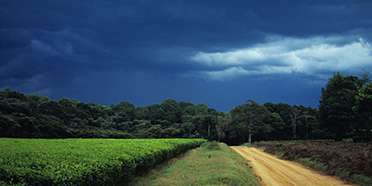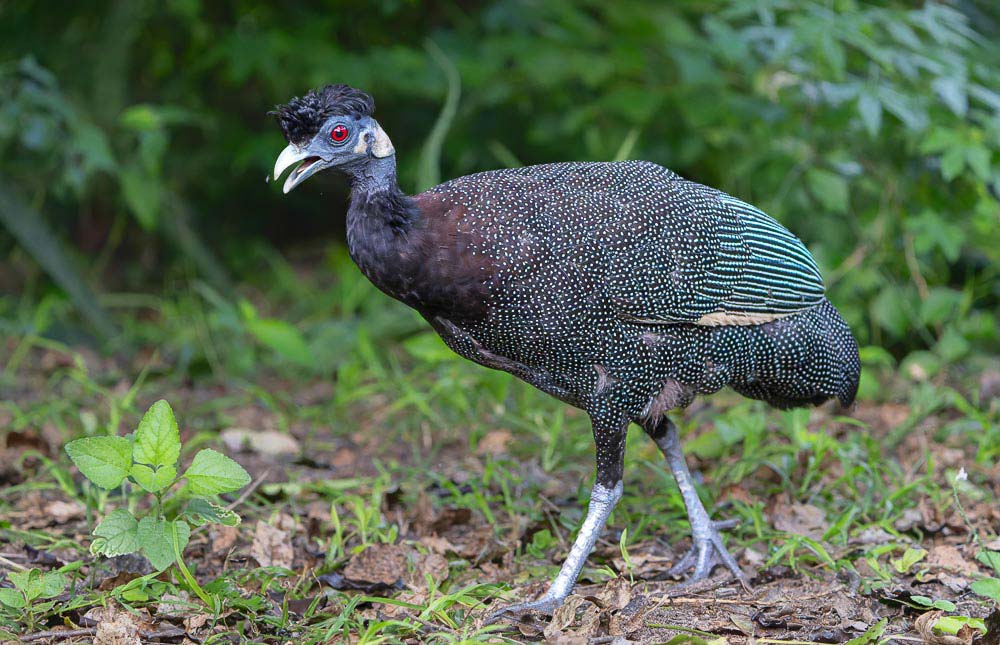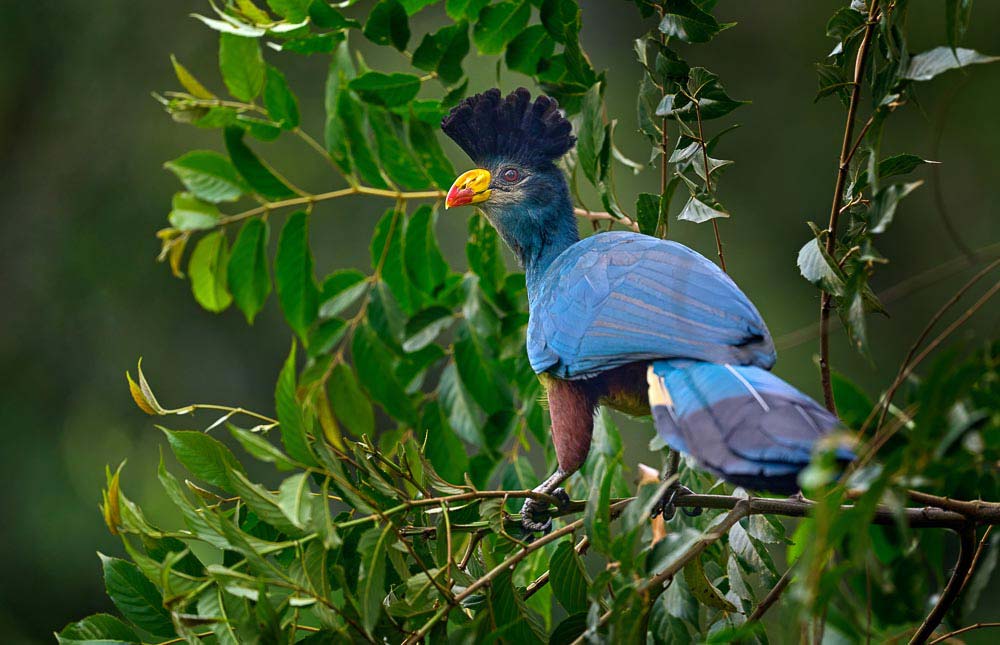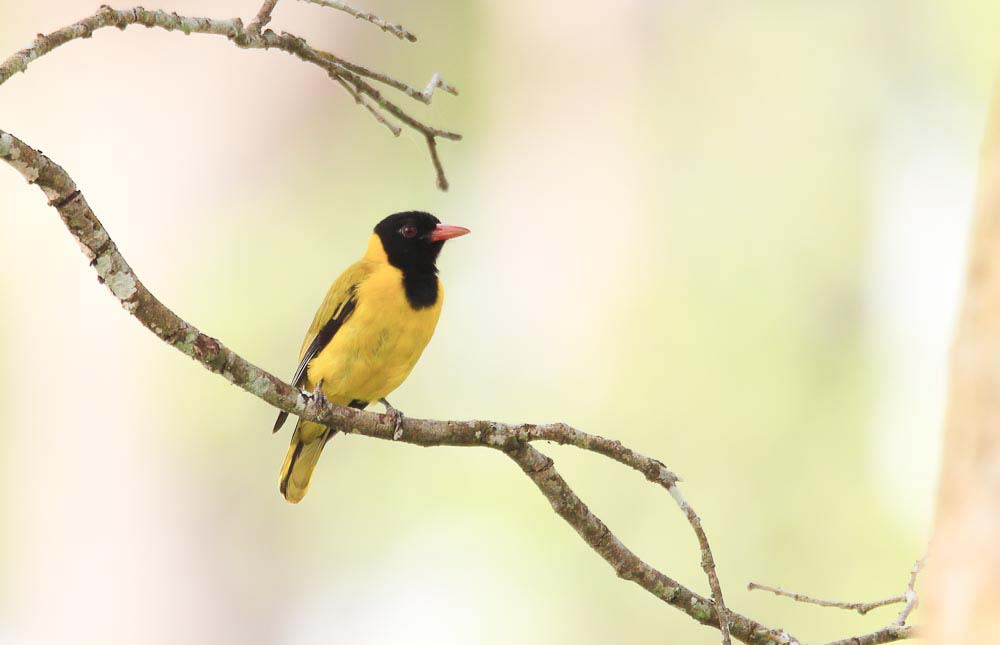- You are here:
- Home
- Countries & Parks
- Kenya Parks
- Kakamega Forest
- Birds
Birds – Kakamega Forest

Philip is a renowned Africa expert and author of many guidebooks to African destinations, including the DK Eyewitness Guide to Kenya.
Philip is an expert for SafariBookings and author of the DK Eyewitness Guide to Kenya.
Philip is the author of the DK Eyewitness Guide to Kenya.
Kakamega Forest, together with nearby North and South Nandi Forests, lies at the eastern extent of the equatorial rainforest belt that stretches across the continent from the Congo Basin. One of East Africa’s most famous and dazzling birding destinations, it boasts a checklist of around 410 species. This includes 80 species more commonly associated with Central or West Africa. Kakamega is the most accessible East African site for the colorful blue-headed bee-eater. Other specials range from the spectacular great blue turaco, white-headed wood-hoopoe and red-headed malimbe to the drab but localized Turner’s eremomela and Chapin’s flycatcher.
Birding Rating
- Expert Rating
- User Rating
Birding Specials –Treats for Avid Birders
- African blue flycatcher
- African broadbill
- African emerald cuckoo
- African goshawk
- African grey parrot
- Banded prinia
- Black cuckoo
- Black-and-white-casqued hornbill
- Black-billed turaco
- Black-billed weaver
- Black-crowned waxbill
- Black-faced rufous warbler
- Blue-headed bee-eater
- Blue malkoha
- Blue-shouldered robin-chat
- Brown illadopsis
- Brown-capped weaver
- Brown-chested alethe
- Brown-eared woodpecker
- Brown-throated wattle-eye
- Buff-spotted woodpecker
- Buff-throated apalis
- Cassin’s honeybird
- Chapin’s flycatcher
- Chestnut wattle-eye
- Chubb’s cisticola
- Cinnamon-chested bee-eater
- Crowned eagle
- Dusky tit
- Eastern olive sunbird
- Giant kingfisher
- Great blue turaco
- Green hylia
- Grey-green bush-shrike
- Grey-throated barbet
- Hairy-breasted barbet
- Jameson’s wattle-eye
- Joyful greenbul
- Kakamega greenbul
- Least honeyguide
- Lühder’s bush-shrike
- Mackinnon’s shrike
- Pink-footed puffback
- Purple-throated cuckoo-shrike
- Red-bellied paradise flycatcher
- Red-headed bluebill
- Red-headed malimbe
- Shrike-flycatcher
- Stuhlmann’s starling
- Thick-billed honeyguide
- Turner’s eremomela
- Uganda woodland warbler
- Western banded snake eagle
- White-breasted nigrita
- White-browed crombec
- White-chinned prinia
- White-headed wood-hoopoe
- White-spotted flufftail
- White-tailed ant thrush
- Yellow-bellied wattle-eye
- Yellow-billed barbet
- Yellow-crested woodpecker
- Yellow-spotted barbet
Facts & Figures

Bird Species
410+
Migratory Birds
Nov to Apr
Best Time for Bird Watching
Kakamega Forest is a bird-watcher’s paradise that is highly productive all year. The localized forest species for which it is famed are resident and might be seen at any time. June to July is particularly rewarding as many birds breed and display at that time. Migratory birds swoop into the forest from November to April. There is a lot of rain throughout the year, but April and May are the wettest months and travel in that time can be more challenging.
Want To Visit Kakamega Forest?
Birding Rating
- Expert Rating
- User Rating
Facts & Figures



 Kenya Parks
Kenya Parks



